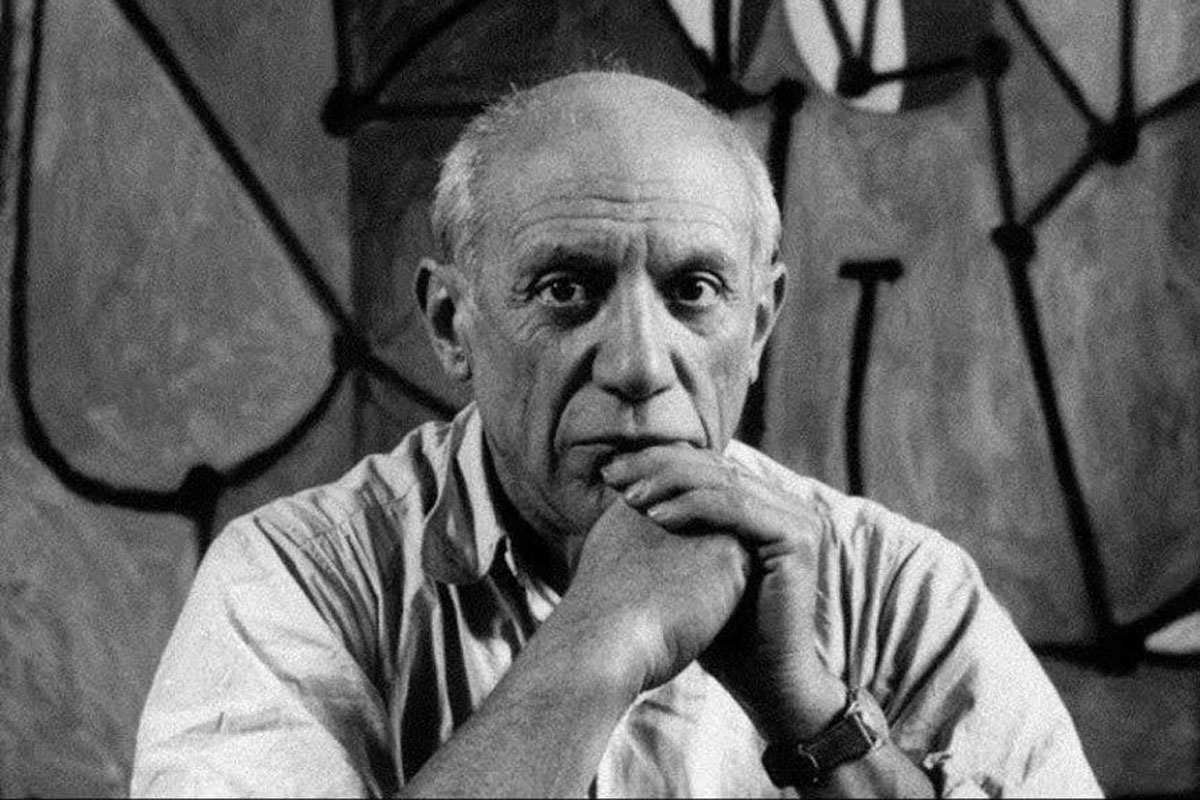This series of articles seeks to examine the character attributes of highly successful leaders, regardless of their adherence to a strong faith or moral standard. In presenting these thoughts, Leadership Ministries is not agreeing with or advocating these traits or practices, but rather presents these as ideas for discussion and development in your own leadership journey.
Garrett Augustus Morgan, Sr. (1877 – 1963) was an African-American inventor, businessman and community leader. A mechanical genius and entrepreneur, Morgan saved countless lives through his invention of the gas mask for firefighters, and the modern 3-way traffic signal. We can learn much about leadership from this pioneer of black industry.
Garrett was born in Kentucky during the Reconstruction era following the Civil War. His father was the mixed-race son of a former slave. His mother was half-Indian and half-black, the daughter of a Baptist minister. Morgan only attained a sixth-grade education. Like many black men of his time, he had to quit school and go to work full-time to support his family—he was the seventh of 11 children. He found work in a textile factory, learning how the machines worked and eventually fixing and improving on them.
An early invention of Morgan's was for a hair straightening cream that proved to be wildly successful.
In his mid-teens, Morgan moved to Cincinnati where he found work as a handyman for a wealthy landowner. He used his income to pay for more educational lessons from a private tutor. He continued to learn mechanics, eventually obtaining a patent for improving sewing machines. In 1907 he opened his own machine repair shop and then launched a clothing business. His businesses became successful, and he established himself in Cleveland, married and had three sons.
Ideas from tragedy. As a young man, Morgan witnessed firefighters struggling with the suffocating smoke of building fires. He invented a canvas hood with breathing tubes that filtered out the smoke and cooled the air. Over 500 cities bought the devices, and it was instrumental in saving workers in a collapsed tunnel under Lake Erie in 1916.[1] A modified version of his gas mask was later used by the military in World War I. In 1923, Morgan witnessed an accident at a troublesome intersection in the city and invented a traffic signal with green and red lights for go and stop, and a warning light warning drivers they would need to prepare to stop. His signal also had a mode to stop traffic in all directions, allowing pedestrians to safely cross the road—another first. He sold the patent on the light to General Electric for $40,000, and it is the basis for traffic signals used worldwide today.[2]
Morgan’s viewing of a tragic traffic accident led him to invent the 3-way traffic signal. Photo: Shutterstock
Expanding black opportunity. Though his businesses and inventions did not easily reach the segregated South, Morgan had great success while living and working in Cleveland, Ohio. He joined the newly formed NAACP, and donated money to black colleges. In 1920 he started an African-American newspaper and later opened an all-black country club. Morgan supported the African-American community throughout his lifetime.[3] He challenged young men and children to excellence, saying, “If you can be the best, then why not try to be the best?”
Inventions can come from anywhere. Morgan invented throughout his career, most new products coming from his own life experience. He was the first black man in Cleveland to own a car, and developed a friction drive clutch for it. While experimenting with a chemical solution to lubricate sewing machines, he discovered that it also made a good hair-straightener. Trying it on himself to success, he quickly formed the G.A. Morgan Hair Refining Company and the cream sold wildly, bringing Morgan financial security for the rest of his life.
Morgan developed glaucoma later in life, and died in 1963 at the age of 86. Just before his death he was honored by the U.S. government for his invention of the traffic signal. He is widely regarded as one of the most significant inventors of the early Twentieth Century, often referred to as a the “black Thomas Edison”. His black-interest newspaper, the Call and Post, is still published today.


































Michael Jordan is a former professional basketball player and businessman. He played 15 seasons in the NBA and won six NBA championships with the Chicago Bulls.